
收录于话题

现场表演(Live performance)
2024年12月19日14:30(14:30, December 19, 2024)
展览开幕式(Opening ceremony)
2024年12月20日9:30(9:30, December 20, 2024)
研讨会(Seminar)
2024年12月20日10:30-16:00 (10:30-16:00, December 20, 2024)
There have been numerous studies and explorations about the body throughout history, but they often encounter various taboos, whether in China or elsewhere. Although the body has gained further manifested in modern society, it has frequently become a controversial topic due to political, customary, ethical, and other factors. In the context of Chinese art academies, it was the “nude model” controversy that initially caused social uproar because of the body. As a necessary part of the professional art curriculum, nude model sketching suffered criticism even throughout the 20th century at different times. Of course, the “body” we mean here does not equate to “nudity,” though nudity undeniably serves as a social yardstick in discussing this issue.
On the one hand, the body is regarded as the object of artistic expression; on the other hand, and more importantly, it is used as a medium of expression. The latter breaks through the boundaries of previous art categories and opens up a new form of expression. This transformation of the art medium was accompanied by the experimental wave of avant-garde art as a whole, and it also strongly influenced the teaching of academies of fine arts, resulting in the development of corresponding majors or courses within these academies. Among these, “Performance art” teaching stands out as one of the most prominent responses. However, with the evolution of the overall social environment and artistic context, the curriculum focusing on the body as a medium has grown increasingly complex and diversified, and its changes have covered performance art, theatre performance, contemporary dance, sound art, cross-media art, and many others. This rich and diverse state often makes it hidden in professional teaching exchanges and displays across different categories. Nonetheless, it cannot be ignored that the vitality of each body in these courses builds bridges of resonance and connection. This exhibition attempts to present the teaching and practices of the body as a medium, scattered across Chinese academies over the past two decades, and to sketch out the outline of “bodies in the classroom.” At the same time, it also seeks to provide a platform for these “lonely warriors” to communicate and embrace each other, so as to facilitate the advancement of relevant teaching to deeper and broader levels.
The body is a “significant study”. The practice of the body is integral to artistic learning and even to overall human cognition. Using the body as a medium can extend a vast space for discussion. Based on the names of courses such as “Performance Art,” “Behaviour and Space Show,” “Identity and Act,” “Body and Media,” “Body and Space,” “Body Theatre,” “Sound/Body/Image/Power,” “Intermedia Performance,” “Somaesthetics/Performance,” “Body Language and Visual Expression,” “Body and Transboundary Experiment,” and others, we can see how the body unfolds in various dimensions. They can hardly be classified as the same kind of art teaching and practice, but the core is inseparable from the body. They are also not set in the same major or department—experimental art, transmedia art, painting, and other areas may all include them. The courses combine internal and external faculties, interact between undergraduate and postgraduate programmes or workshops, and so forth. All of these undoubtedly reflect the understanding of the importance of body practice in art teaching among fellow colleagues at academies. In terms of the general artistic ecology, with the prosperity of the art market and adjustments in academy systems, contemporary art has moved from the edge to a more mainstream position. Yet, its experimental nature in medium and concept has not been further expanded but has instead shrunk in some points, as exemplified by art using the body as a medium. If such courses can inspire students to engage in artistic explorations of related fields, they will undoubtedly bring invaluable vitality to the entire contemporary art world.
It should be noted that while the planning for this exhibition has taken a considerable period, it has still faced challenges in terms of information and understanding. After several twists and turns and multiple inquiries, the curator directly participated in some academy courses and, with the support of many teachers, was finally able to collect these teaching cases. Therefore, this is not a complete or comprehensive case exhibition, and there must remain gaps and omissions. Moreover, due to limitations in manpower, equipment, and space, the display cannot achieve its optimal effect. The reason we pursue this effort in this exhibition is not only due to the urgent need to unveil the current situation of art teaching but also arises from the most profound inquiry into the body, with the aim of raising a peaceful yet indispensable voice.
Hu Bin, Wu Yinghua
December 2024


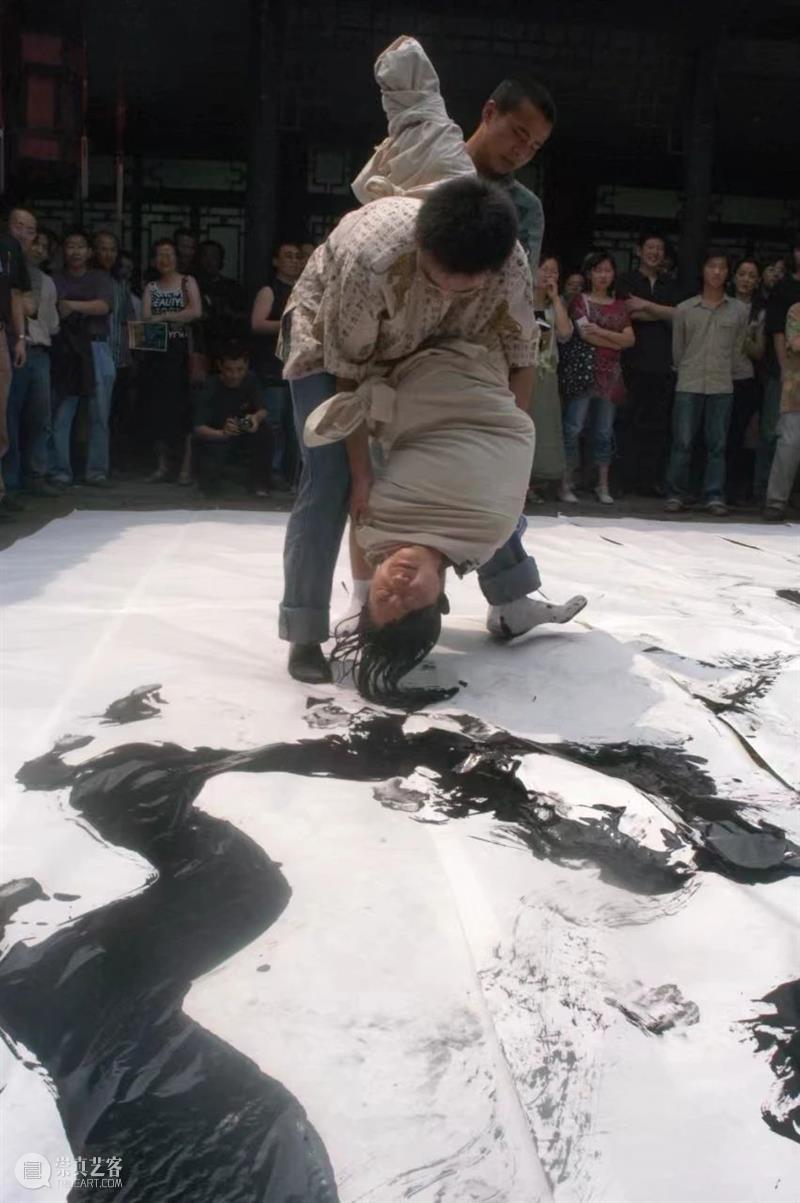
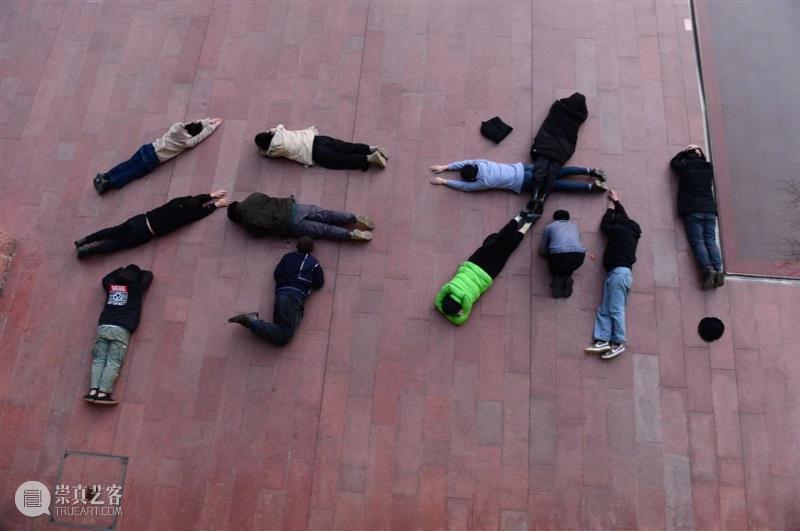
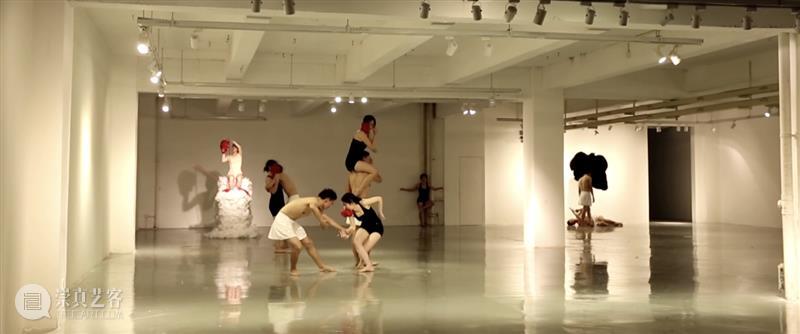
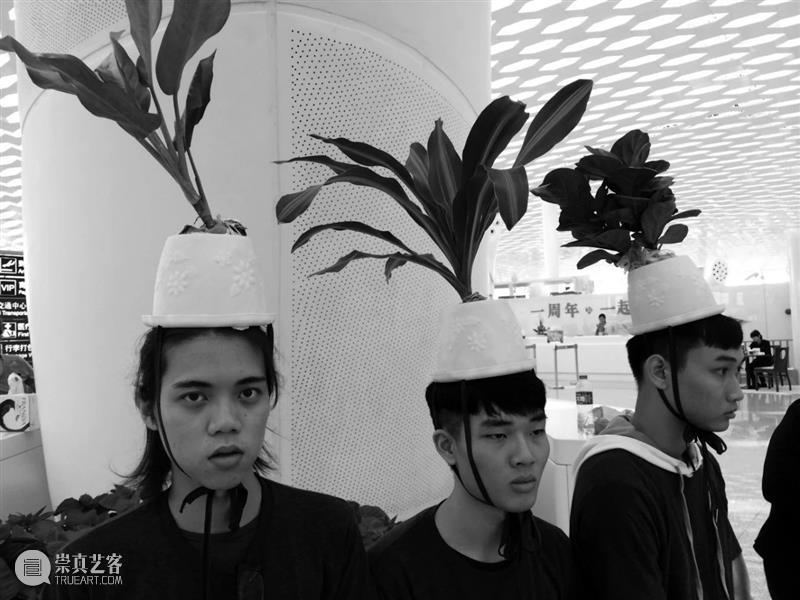
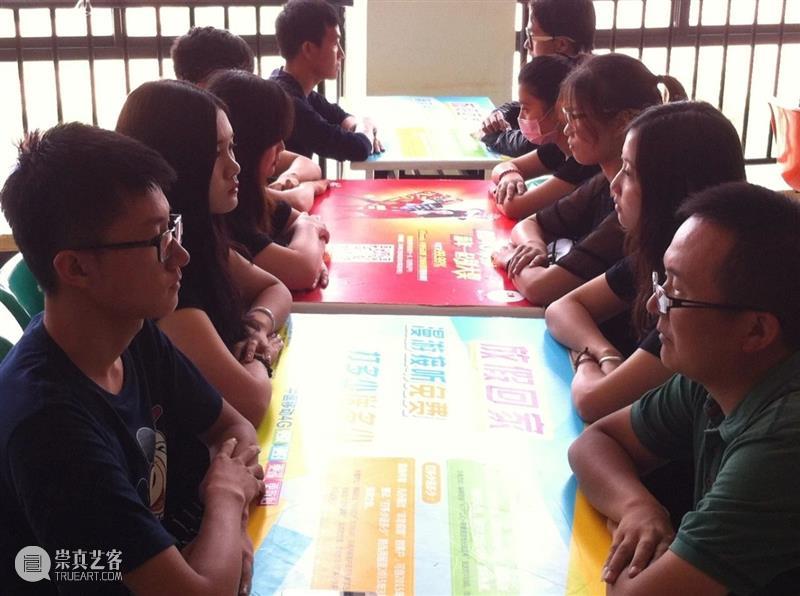
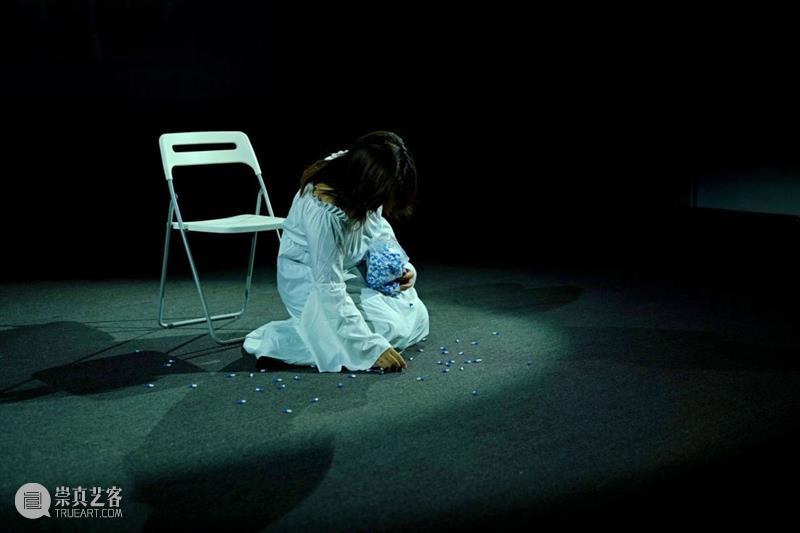

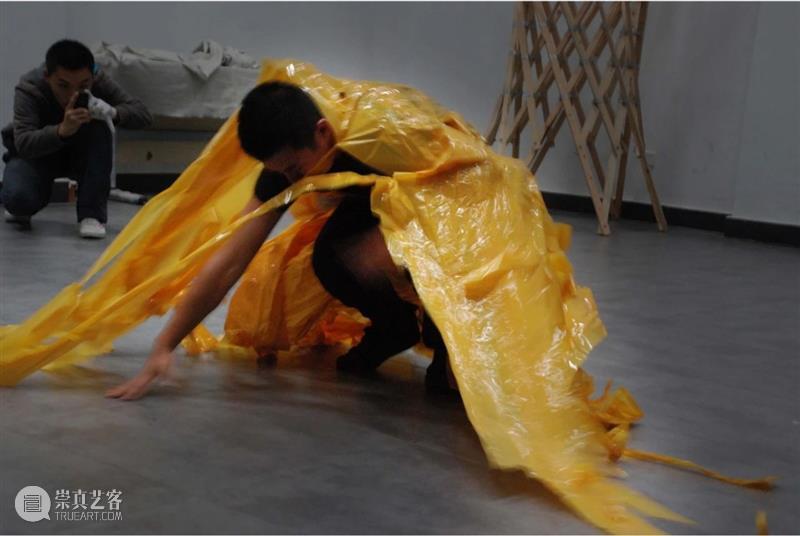
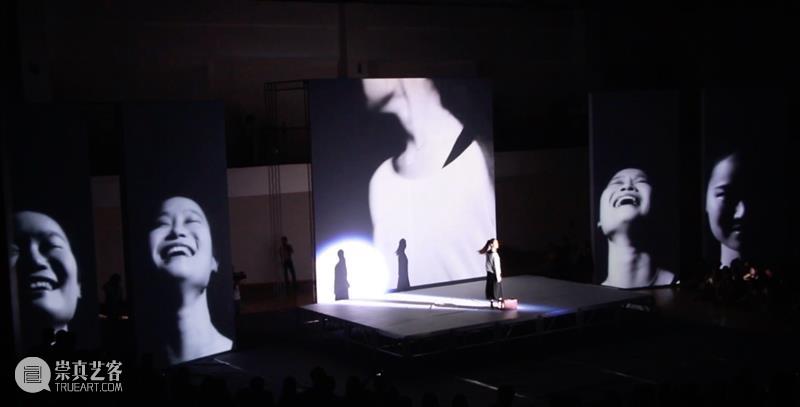
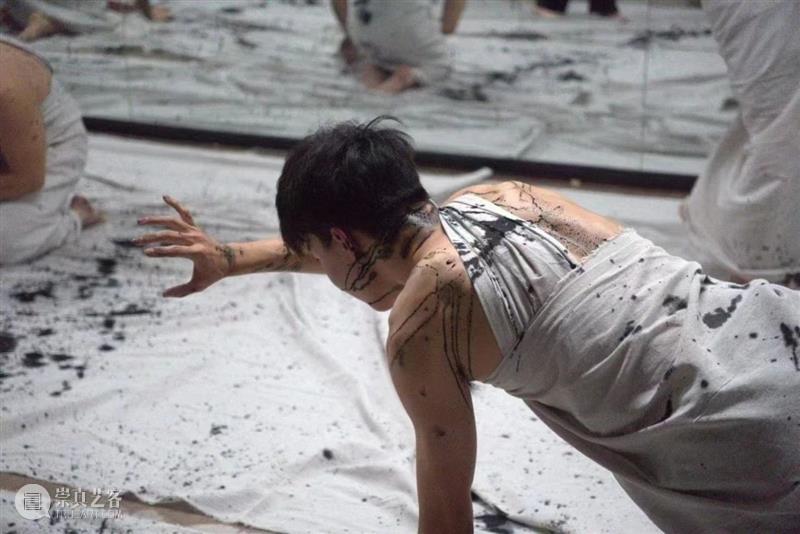
任课老师:李凝
院校名称:湖北美术学院
课程名称:“‘声体影力’之肢体工作坊”
参展学生:2013—2014“声体影力”项目课程学生
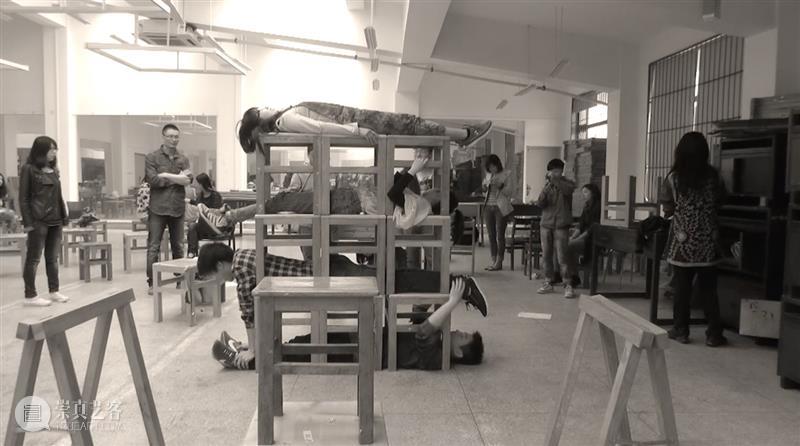
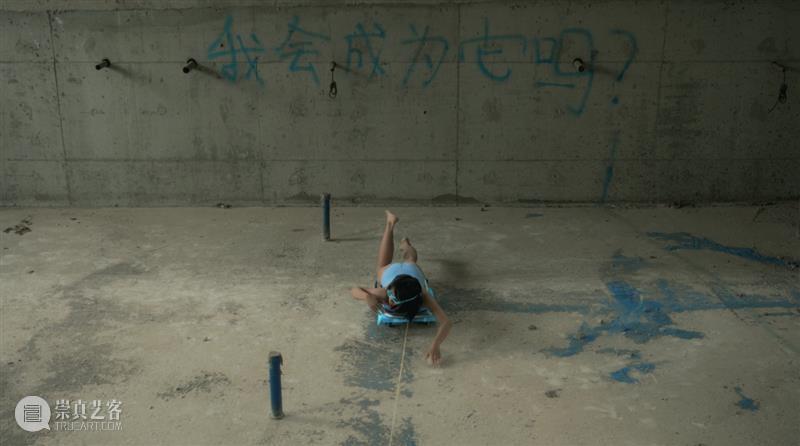
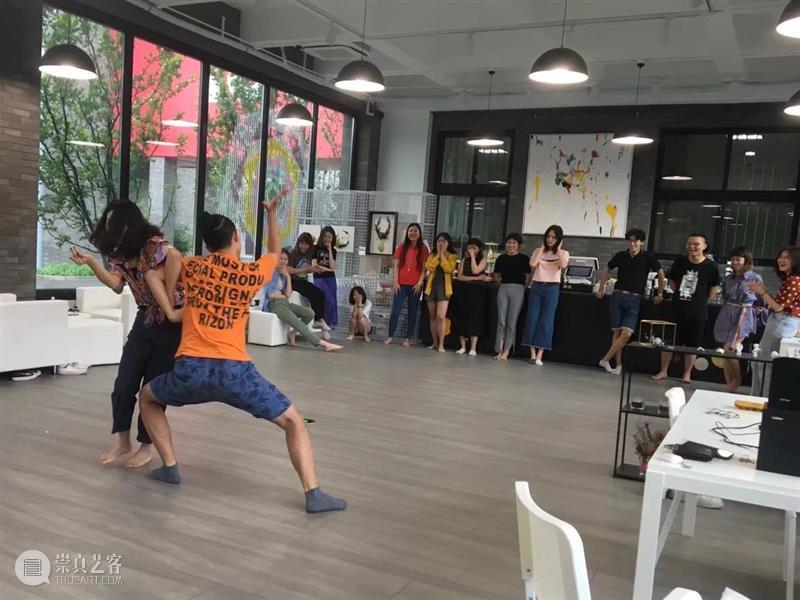
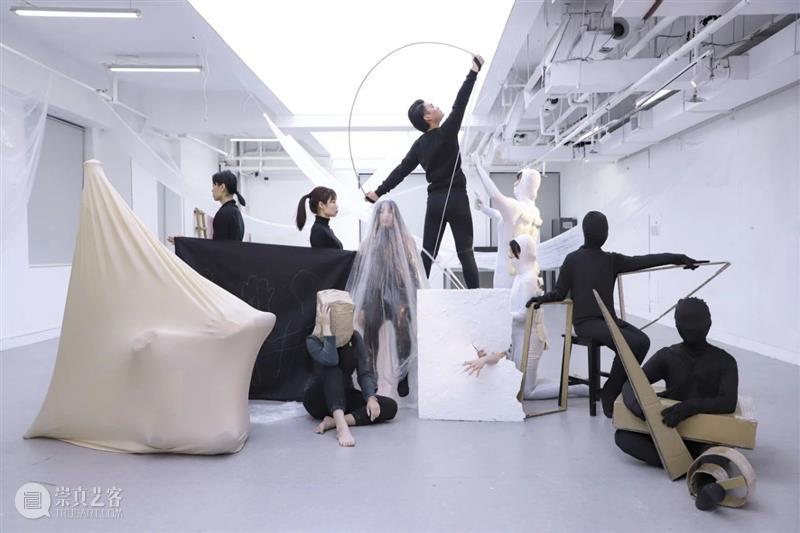
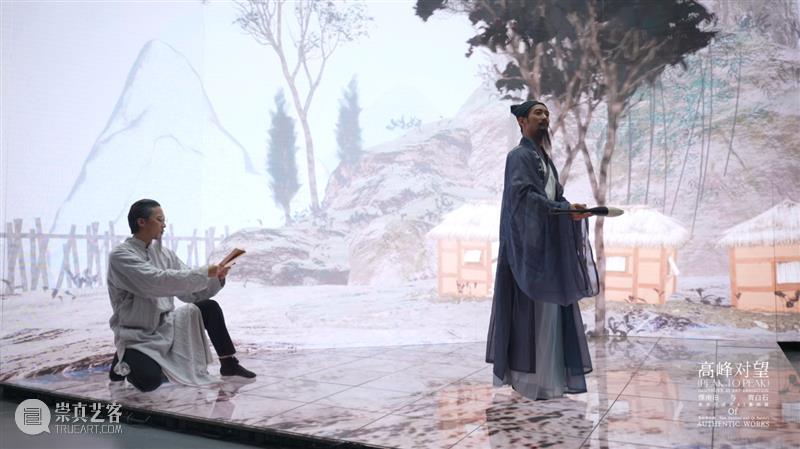
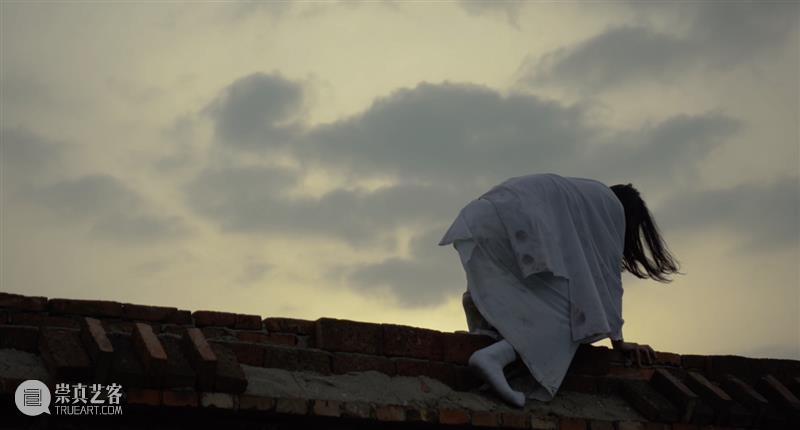
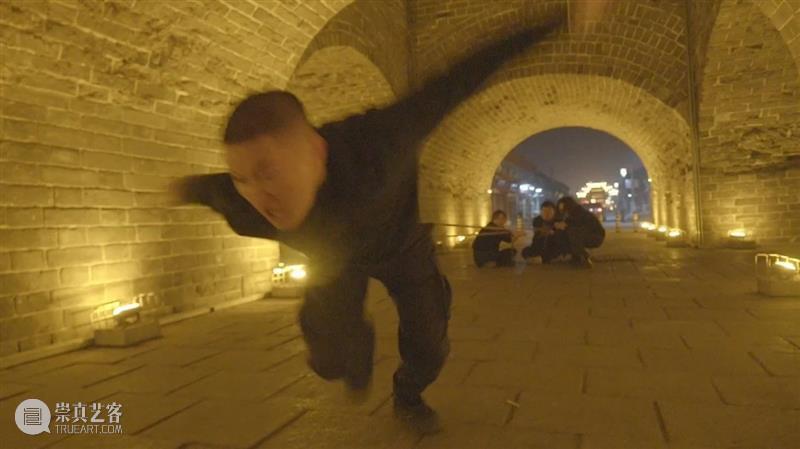
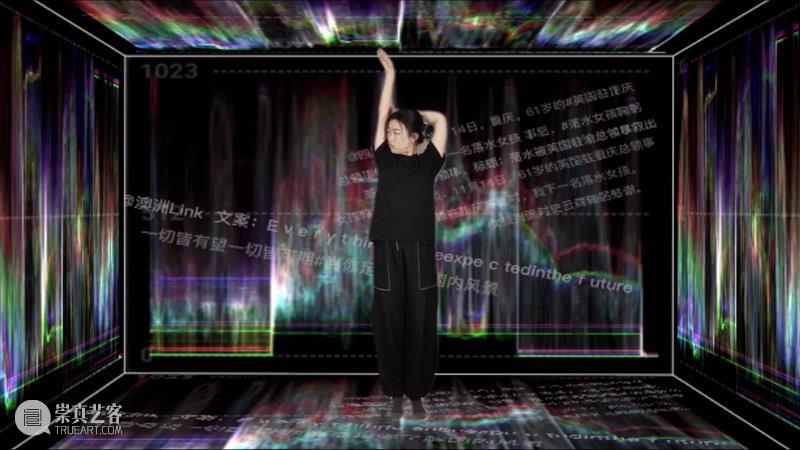
*所列任课老师排名不分先后;
参展学生名单依据任课老师提供的图文/视频资料整理,
按姓名首字母排序,以独立或集体作品参展为主。



已展示全部
更多功能等你开启...





 分享
分享